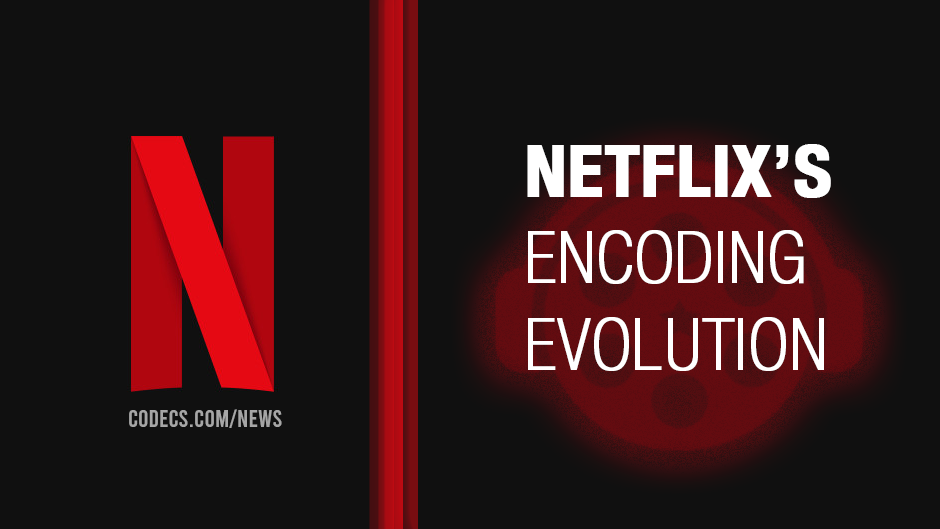Netflix’s Encoding Evolution
Anne Aaron, Netflix’s senior encoding technology director, constantly analyzes visual challenges in streaming. Watching the Screen Actors Guild Awards livestream, she saw encoding challenges others missed.
Over 13 years, Aaron’s team optimized Netflix’s encoding, saving 50% bandwidth for 4K streams. Their work on the AV1 video codec has improved industry standards.
Expanding into Live Streaming and Gaming
Netflix is now venturing into cloud gaming and livestreaming, starting with WWE RAW. Aaron’s team must adapt their encoding techniques, traditionally used for on-demand video (VOD), for live content. This requires real-time encoding adjustments and disregarding much of their past decade's work.
Encoding Evolution
Initially, Netflix used a fixed set of encoding recipes, delivering different bitrates based on device and bandwidth. In 2015, they switched to per-title encoding, saving 20% bandwidth by adjusting settings based on visual complexity.
For example, simpler animations like "My Little Pony" required less data than action-packed live-action titles.
Challenges arose, such as with "Barbie Dreamhouse Adventures," leading to more granular, per-shot encoding. Complex scenes, like those in "The Crown" with heavy smoke, demanded higher bitrates.
Machine Learning and Advanced Codecs
Netflix uses machine learning to refine encoding settings, optimizing for each segment of a video.
They partnered with USC to develop video quality assessment algorithms, earning an Emmy Award - download Netflix VMAF. This approach extends to HDR content, requiring new quality metrics.
Aaron’s team also develops new video codecs. Netflix, a founding member of the Alliance for Open Media, helped create the AV1 codec, now streaming on various devices. Work on its successor promises further bitrate reductions.
Addressing Live and Cloud Gaming Challenges
Netflix’s entry into livestreaming faced setbacks, notably with the failed "Love Is Blind" reunion. Aaron’s team prioritizes stability and resilience, initially using standard encoding methods before optimization.
Cloud gaming presents additional challenges, requiring ultra-low latency.
Future Prospects
Netflix’s move into sports streaming, including NFL games, necessitates mastering live encoding. Aaron is optimistic about continuous improvements, anticipating advancements in areas like 8K streaming.
Aaron’s ongoing focus on visual quality helps Netflix maintain its position in the streaming industry, prepared for future challenges.
For more details, see the original article on The Verge.












